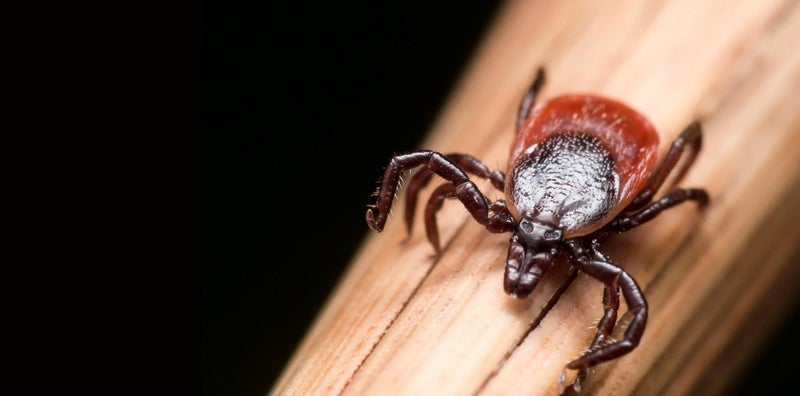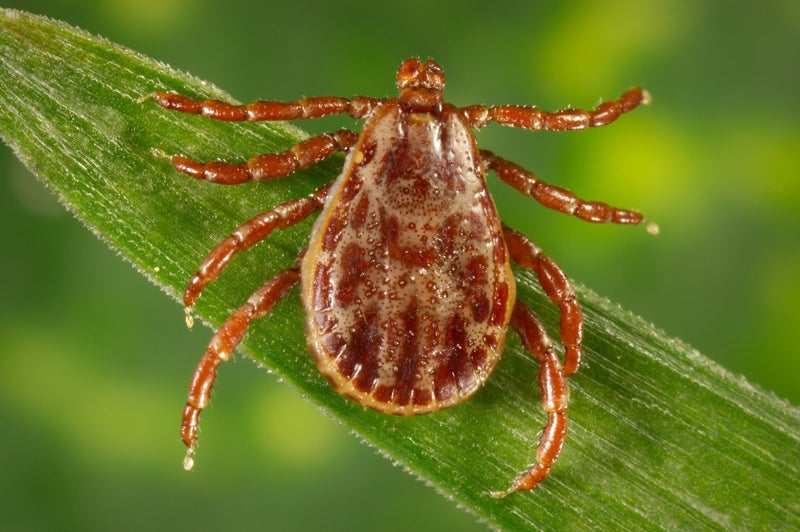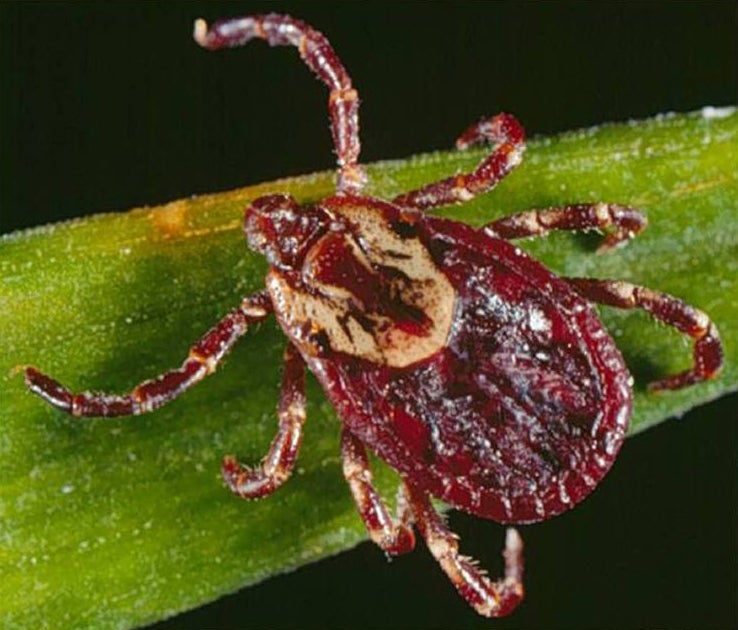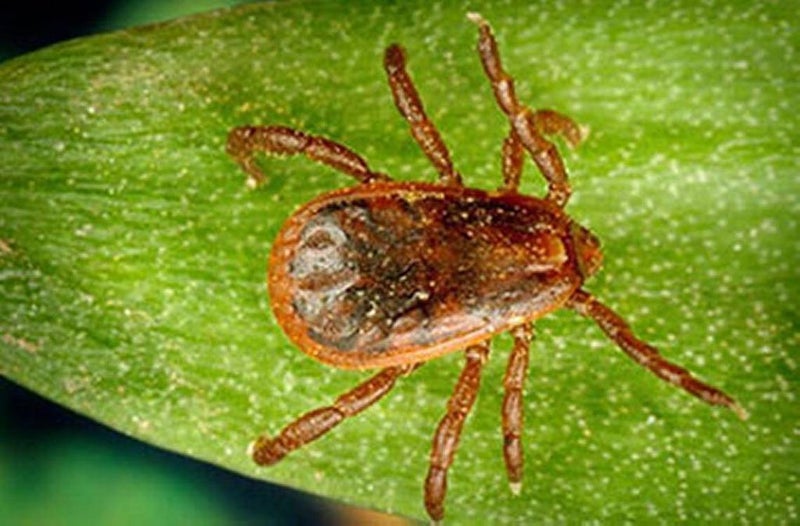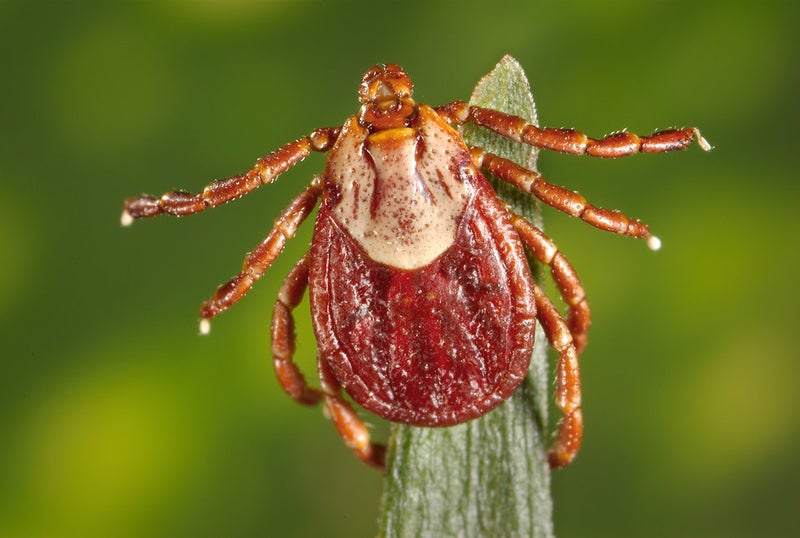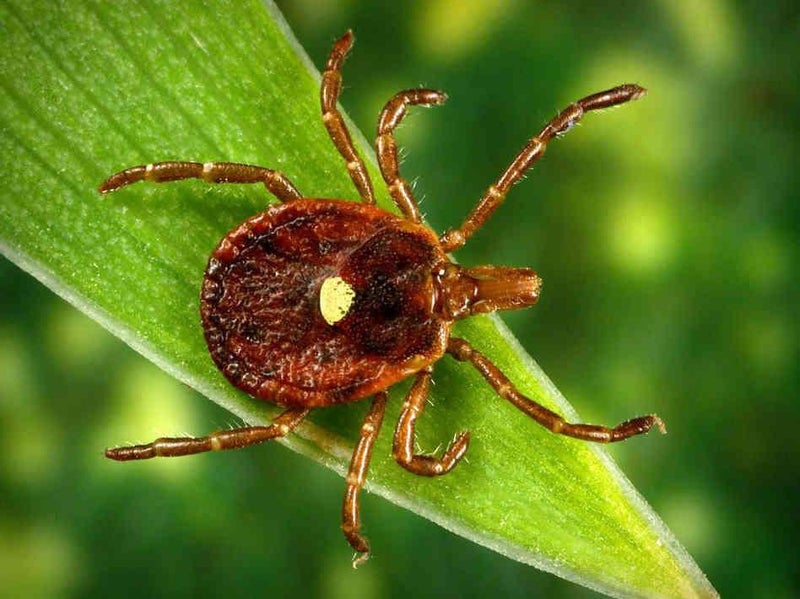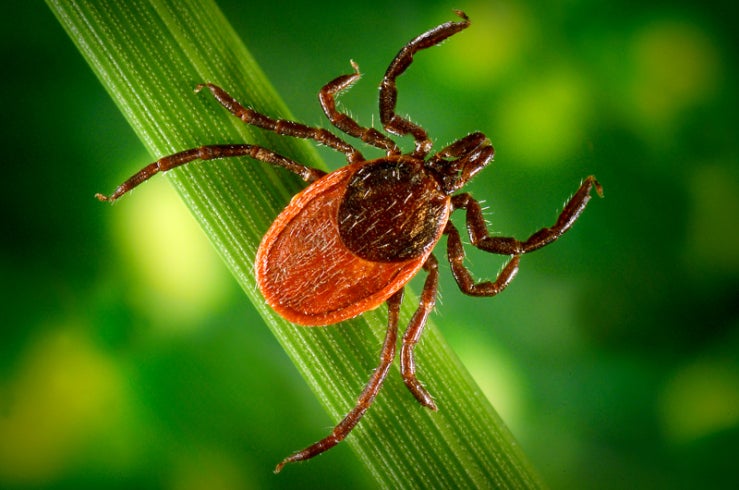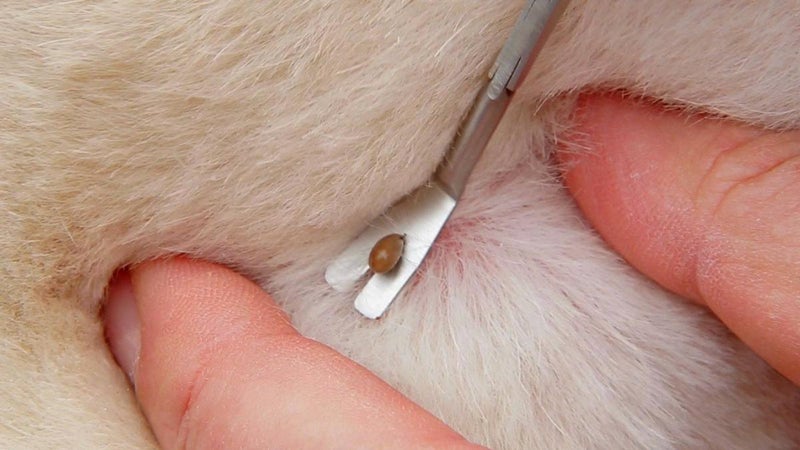TICK REMOVAL
If you find any ticks on your body or your pets, you should remove them immediately as tick-borne diseases can be transmitted to humans in 24 hours.
WHAT TO DO IF YOU ARE BITTEN BY A TICK
• If you find a tick anywhere on your body, you should remove it immediately to reduce your chance of getting a serious disease such as Lyme. Use fine-point tweezers such as TickEase to grip the tick as close to the skin's surface as possible, then pull away from the skin firmly and steadily until it releases. Clean the bite area with rubbing alcohol, iodine, or soap and water. Submerge the tick in rubbing alcohol to kill it, then flush it down the toilet or place it in a sealed plastic bag to show a doctor or testing facility.
• There are several folk remedies for removing and/or killing a tick, but there is no evidence that covering the tick in clear nail polish, smothering the tick in petroleum, or attempting to light the tick on fire will cause it to release from the skin. These tactics are not advised.
• If you notice a fever or rash within days or weeks of removing a tick, contact a doctor and explain you have been bitten recently by a tick.
HOW TO REMOVE A TICK FROM YOUR DOG
To safely and properly remove a tick from your pet, you will need the following equipment:
• GlovesClean tweezers / tick remover
• Disinfectant or antiseptic cream
• Isopropyl alcohol
Stay safe! Always wear gloves while handling ticks to avoid contact with your skin.
CLEANUP AND AFTERCARE
Drop the tick into isopropyl alcohol and note the date you found the tick. If your pet begins DISPLAYING SYMPTOMS of a tick-borne illness, your veterinarian may want to identify or test it.
Wash your hands, clean your pet’s wound with antiseptic and make sure to clean your tweezers with isopropyl alcohol.
Keep an eye on the area where the tick was to see if an infection surfaces. If the skin remains irritated or infected, make an appointment with your veterinarian.
TICK TESTING
Now that you've removed the tick from yourself or your pet, you are probably wondering if it carries diseases.
Fortunately there are a few labs in the US that can answer that question.
The UMass Laboratory of Medical Zoology offers reliable, high quality tick testing to see what disease causing microbes the tick may be carrying.
For more information, go to TICKREPORT.COM

